the cold canadian1st entry – kaua’i 2015
To read this series in chronological order,
click on the category title: kaua’i – 2015.
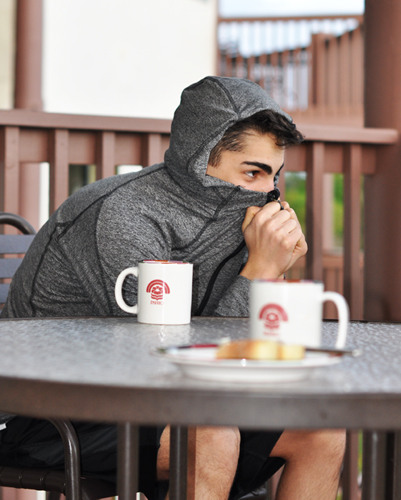 We got here yesterday, late afternoon. And this year Daniel is with us. We spent the time after we landed food shopping and getting situated in the condo. We all headed to bed by 9:00, because our bodies were still on Eastern Standard Time. (It’s a 7 hour flight from Phoenix and it wasn’t all smooth sailing. The pilot reminded us that it was winter and the flight crew was dealing with the winds and the turbulence. I also don’t know why the route isn’t considered a high-end destination. The plane was old, there were no individual screens, the seats were jammed and the service was minimal. The flight from Pittsburgh to Phoenix was on a newer and roomier aircraft.)
We got here yesterday, late afternoon. And this year Daniel is with us. We spent the time after we landed food shopping and getting situated in the condo. We all headed to bed by 9:00, because our bodies were still on Eastern Standard Time. (It’s a 7 hour flight from Phoenix and it wasn’t all smooth sailing. The pilot reminded us that it was winter and the flight crew was dealing with the winds and the turbulence. I also don’t know why the route isn’t considered a high-end destination. The plane was old, there were no individual screens, the seats were jammed and the service was minimal. The flight from Pittsburgh to Phoenix was on a newer and roomier aircraft.)
We woke to cold and winds. Daniel was so cold he huddled on the lanai as we ate breakfast. I had brought no long-sleeve shirts, and wore my LL Bean sweater to keep from shivering. (It is winter even here in Kaua’i.) After lunch, we drove down to Hanalei and I bought a long-sleeve T and a long-sleeve hoodie.
Spent most of the afternoon in the hot-tub, but left for half-hour to go back down to Hanalei to return one of the items, because it had a rip. Did get some sun, but that was in between cloud cover and the cold winds off the ocean.
Dinner was broiled mahi-mahi, rice and salad. (The trip marks the beginning of switching over from winter-available foods to fresh vegetables.)
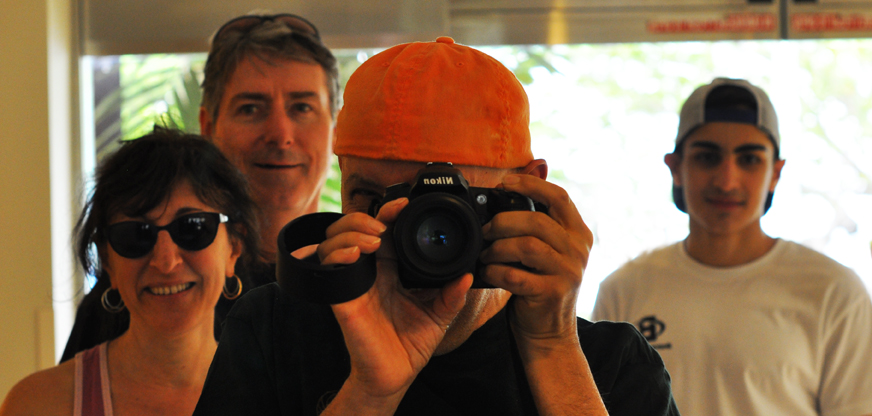
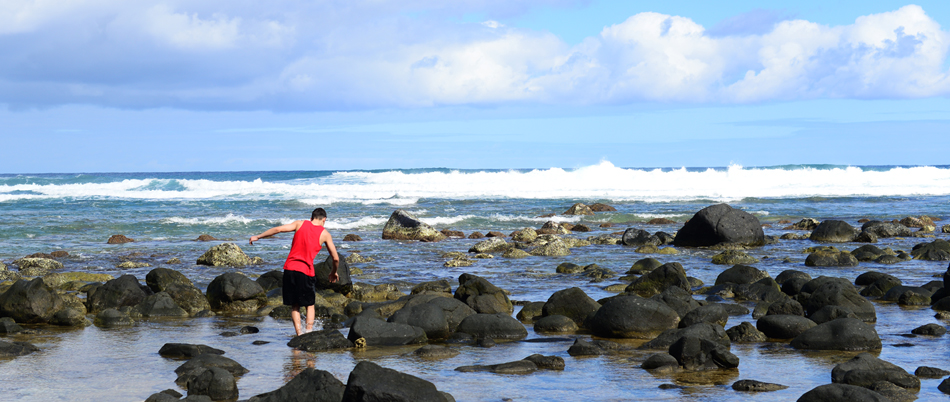

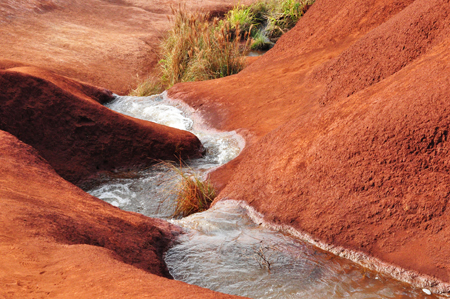
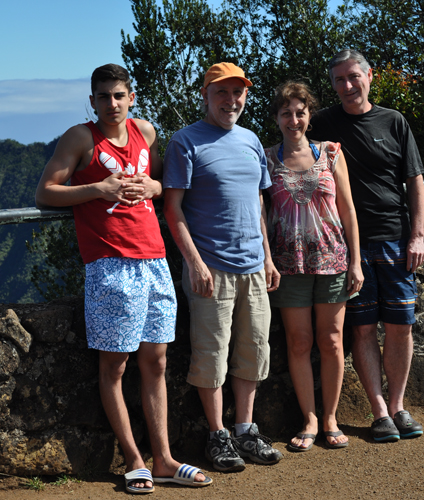

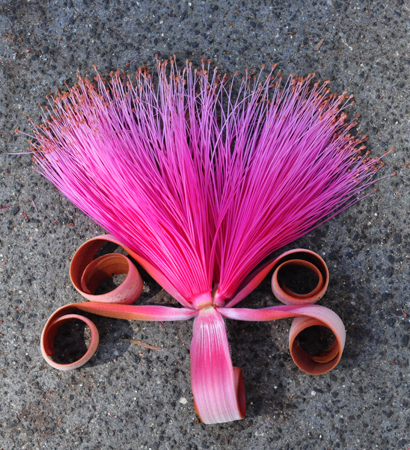


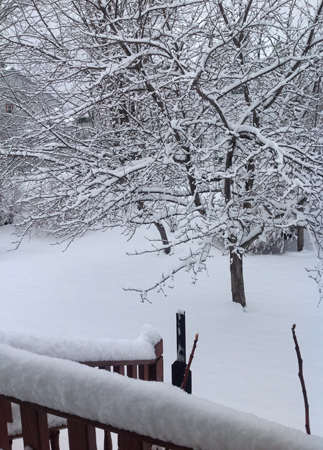
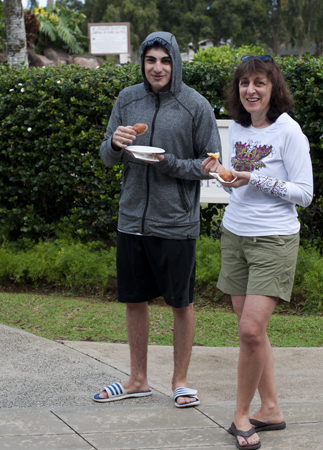
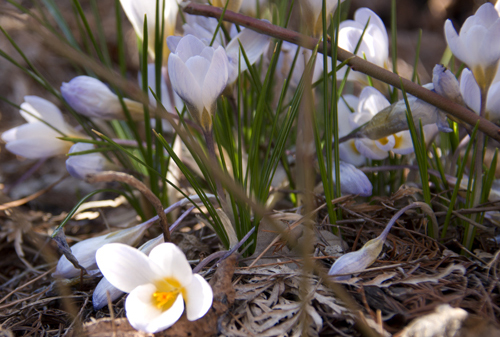

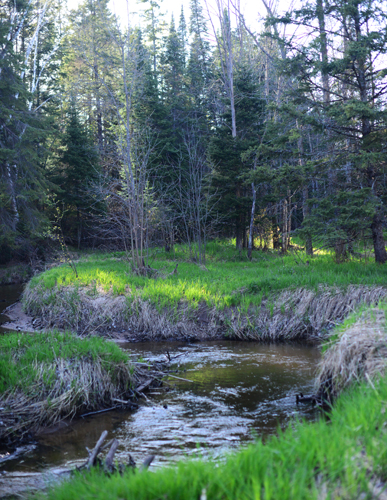

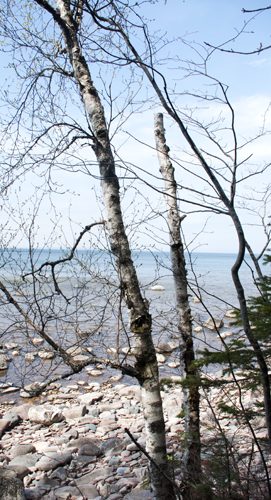
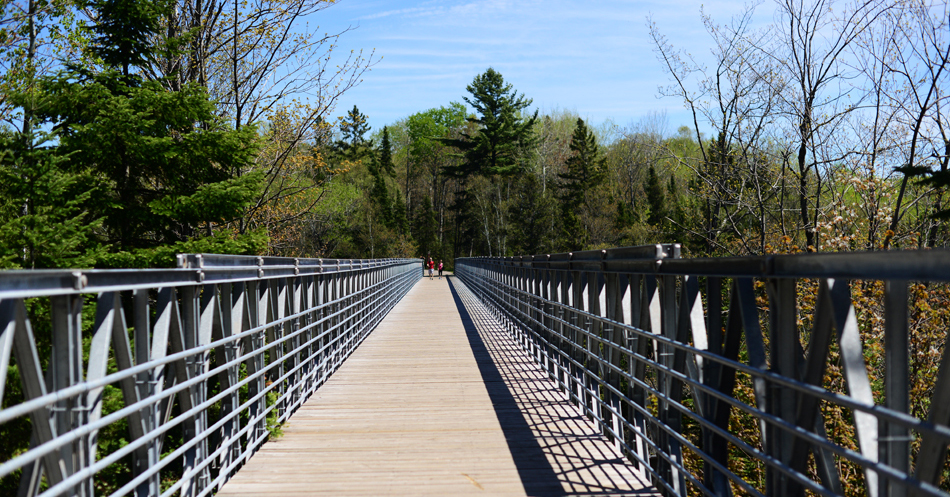
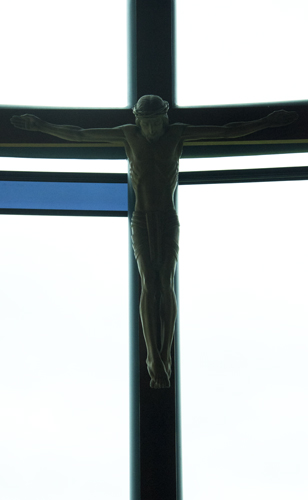



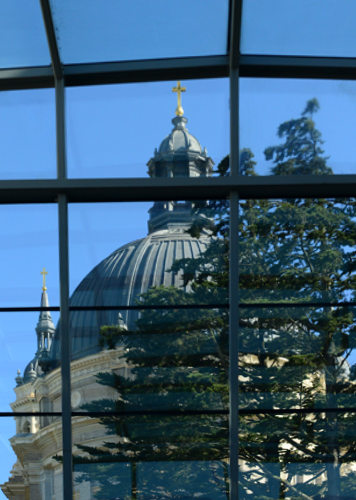



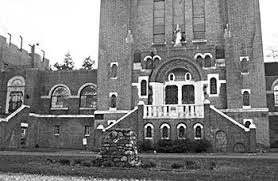 When we were at Narragansett they took us on a trip to the Barrytown Novitiate and Mother-House. (Most of the Brothers who were 10 years older than me, had gone through the Novitiate here on the Hudson. The Narragansett facility wasn’t built until the early 60’s.) The original chapel building, from the outside was your typical European church structure, and walking in to see the modern renovation was a shock. It was amazing to see this minimalist chapel in a building that must have dated from the 30’s.
When we were at Narragansett they took us on a trip to the Barrytown Novitiate and Mother-House. (Most of the Brothers who were 10 years older than me, had gone through the Novitiate here on the Hudson. The Narragansett facility wasn’t built until the early 60’s.) The original chapel building, from the outside was your typical European church structure, and walking in to see the modern renovation was a shock. It was amazing to see this minimalist chapel in a building that must have dated from the 30’s.

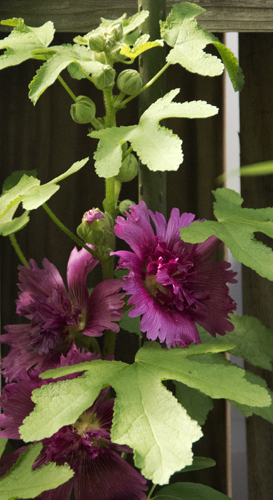
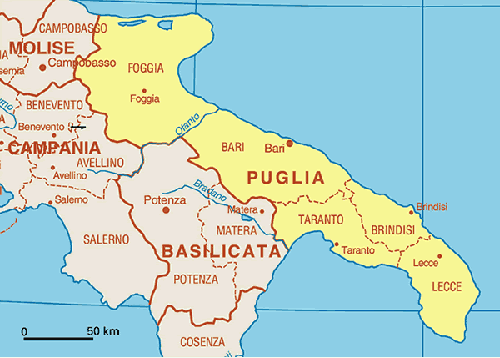
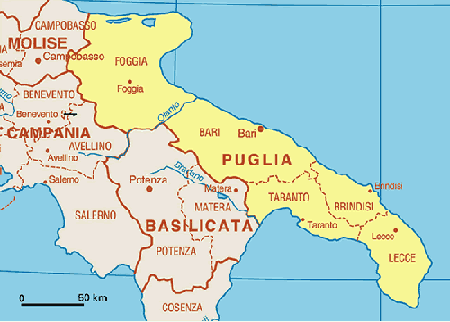 I started using prologues last year when I began writing about Sicily before we got there. In those and these prologues, I use images from online. In both instances, the prologues serve to set the scene. Reflecting on last year’s prologue posts, I’d have to say that we skipped many of the recommended sites that I wrote about. With that in mind, I am using these early posts as introductions.
I started using prologues last year when I began writing about Sicily before we got there. In those and these prologues, I use images from online. In both instances, the prologues serve to set the scene. Reflecting on last year’s prologue posts, I’d have to say that we skipped many of the recommended sites that I wrote about. With that in mind, I am using these early posts as introductions.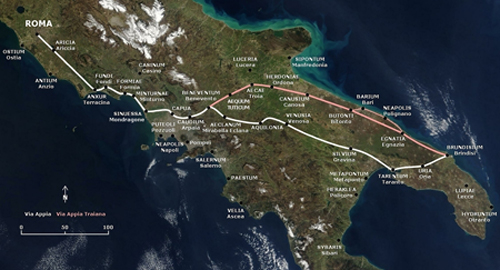
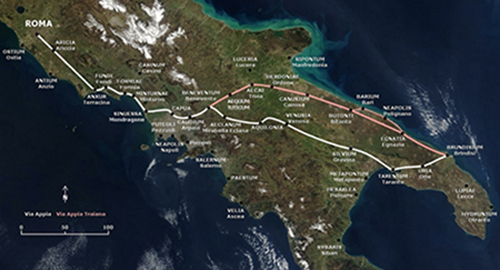 The
The 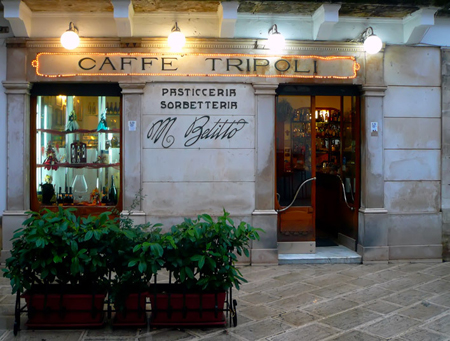
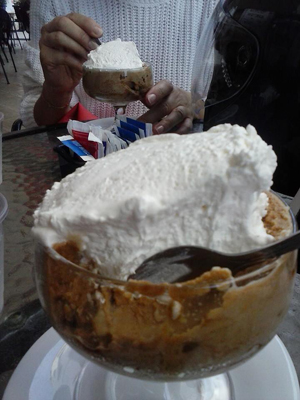 During junior year, I lived on
During junior year, I lived on 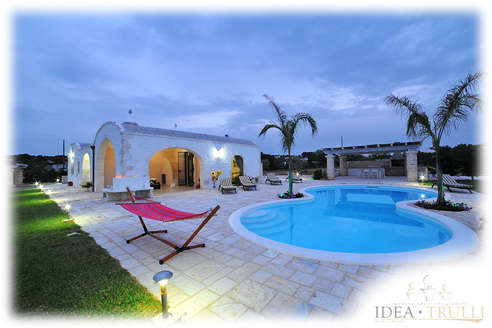
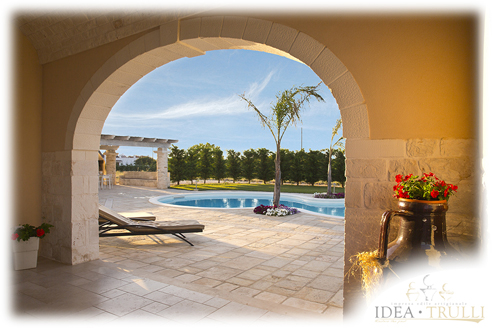
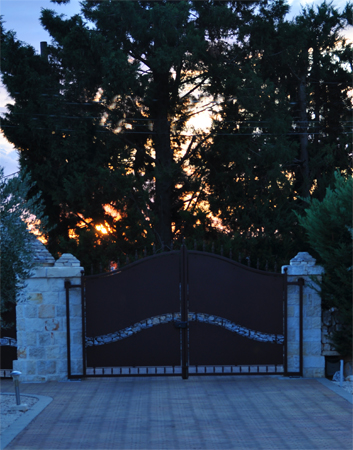

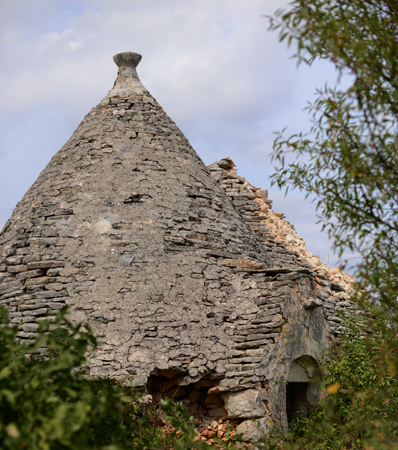
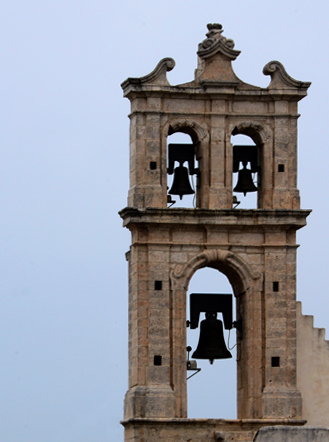



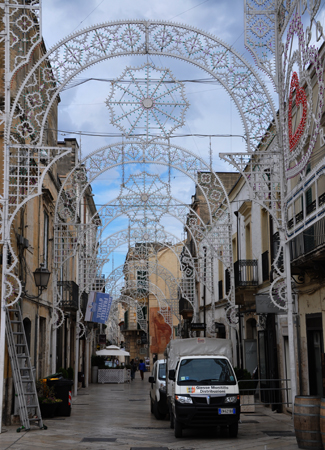

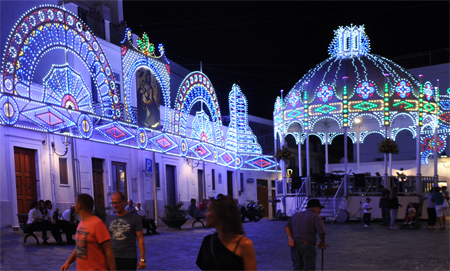
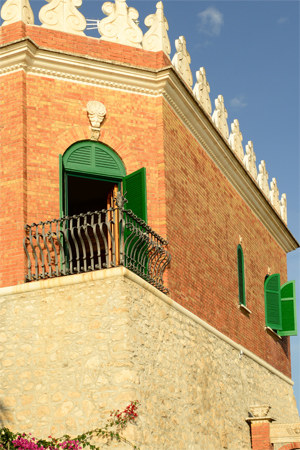 We drove two-and-a-half hours north to the
We drove two-and-a-half hours north to the 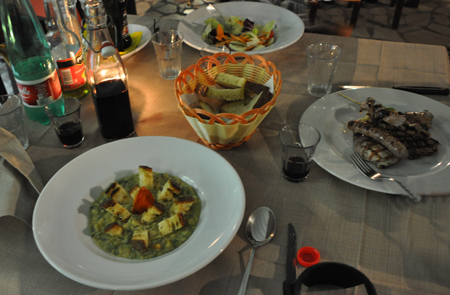
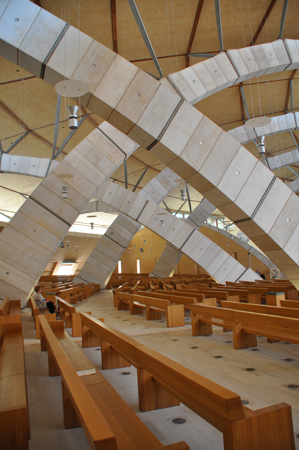
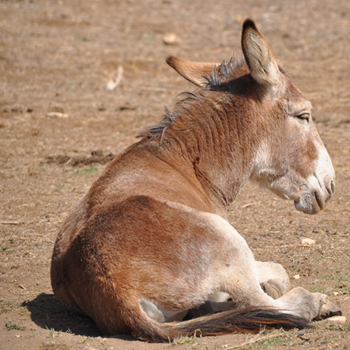

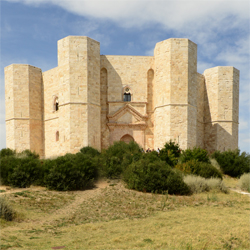


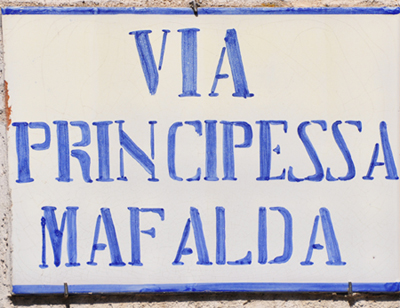
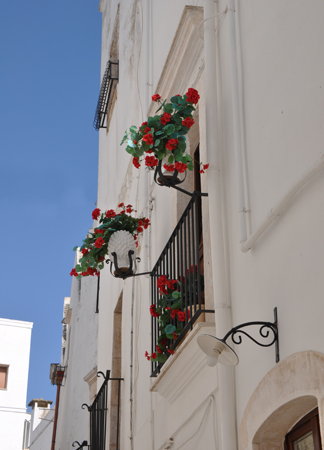
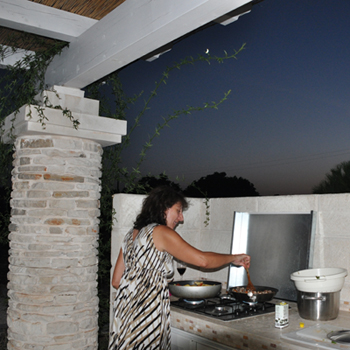
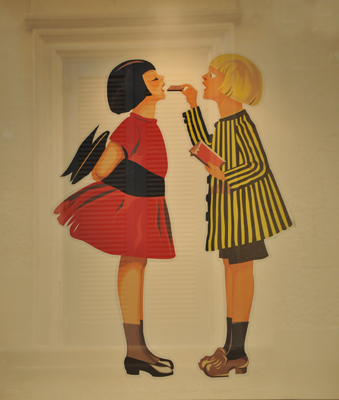
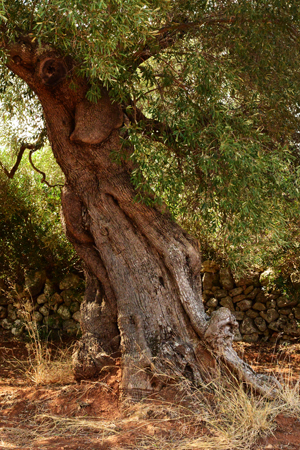

 a storm on the horizon – cucina povera-5
a storm on the horizon – cucina povera-5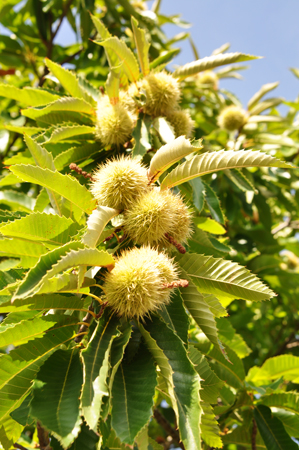
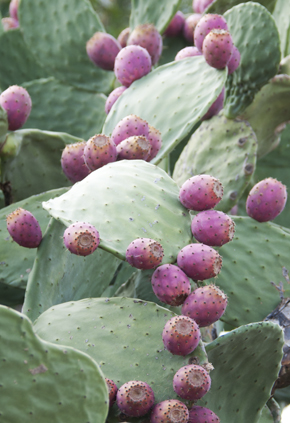
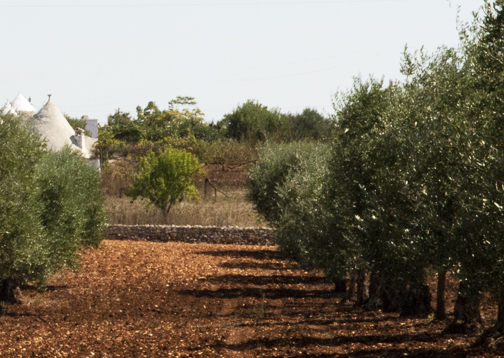
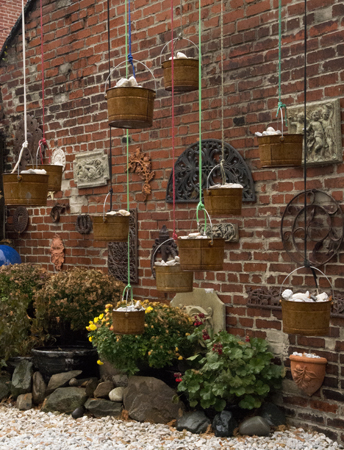

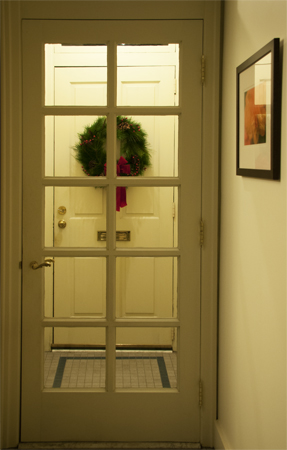
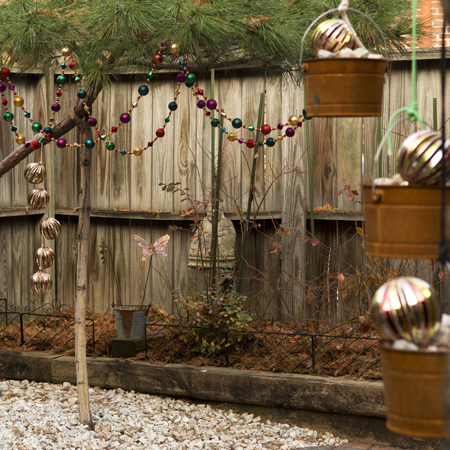
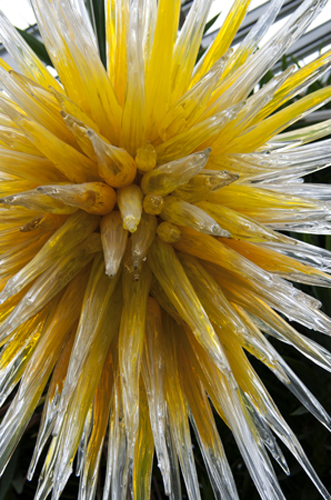
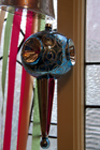 The shape is what I remember as the treetop ornament I always used when I was putting up the tree in my parents’ house. (The surprise was that something that once cost under a dollar ended up costing me $10.00.) I always rejected stars or angels for the top of the tree, that was for everyone else, but once Connie took over the decorating, a red garland star covered the top branch. It’s a convoluted memory, given that I no longer put up a tree. The last time I put up a tree was in the mid 70’s – almost 40 years ago.
The shape is what I remember as the treetop ornament I always used when I was putting up the tree in my parents’ house. (The surprise was that something that once cost under a dollar ended up costing me $10.00.) I always rejected stars or angels for the top of the tree, that was for everyone else, but once Connie took over the decorating, a red garland star covered the top branch. It’s a convoluted memory, given that I no longer put up a tree. The last time I put up a tree was in the mid 70’s – almost 40 years ago.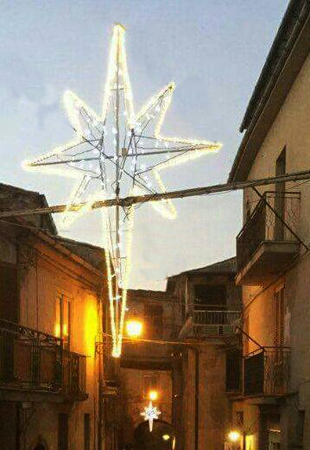
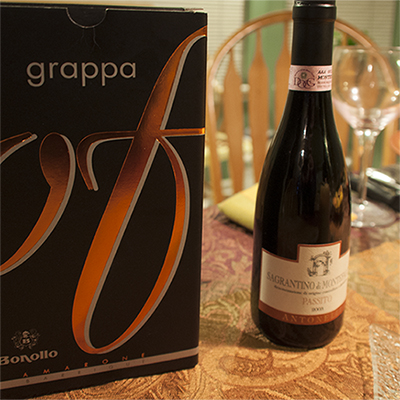
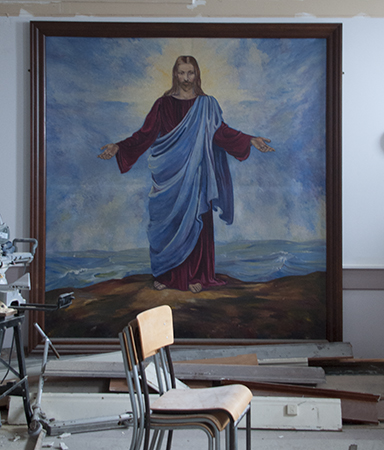
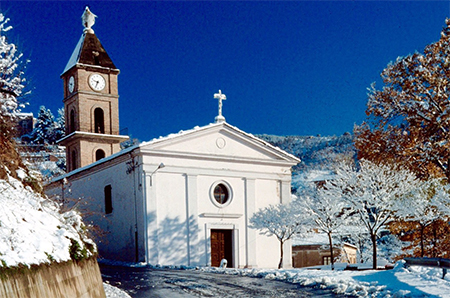
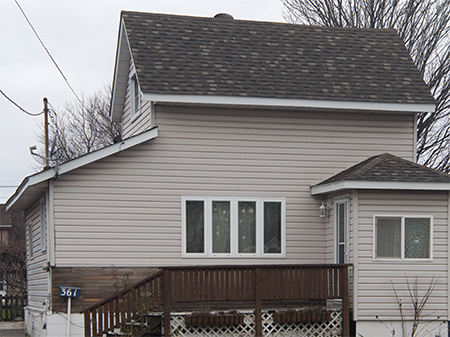
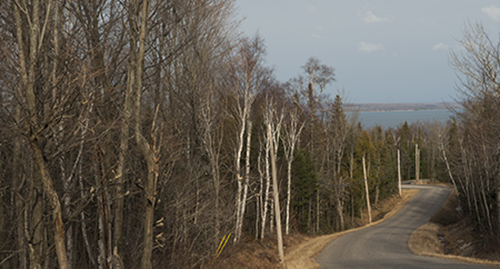

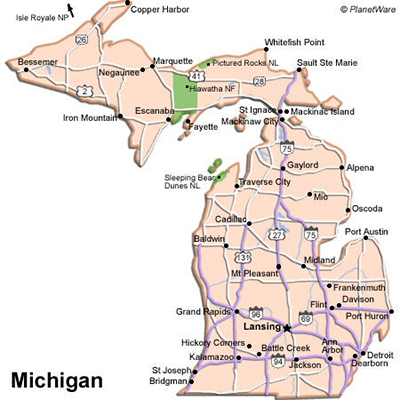


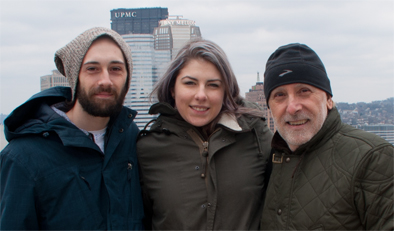

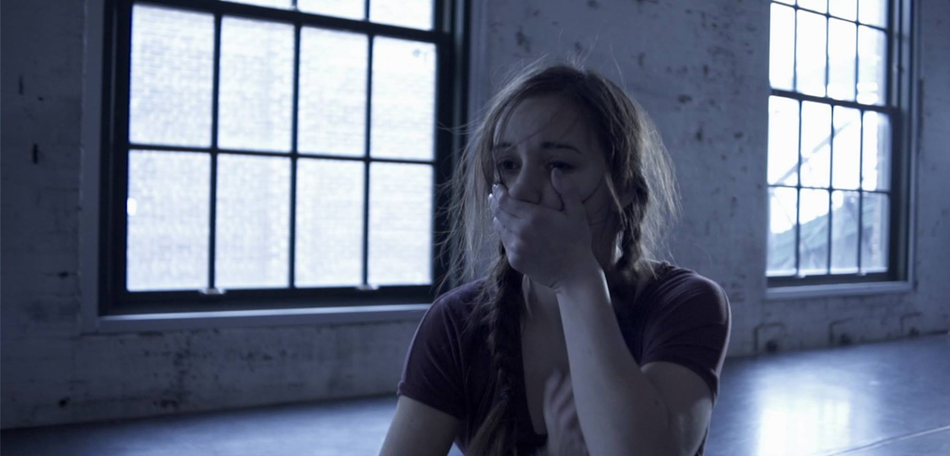
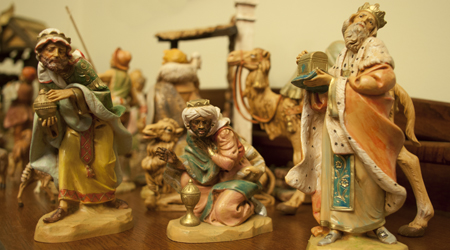
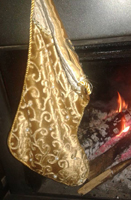 My favorite quote is from my cousin Alessandra –
My favorite quote is from my cousin Alessandra –